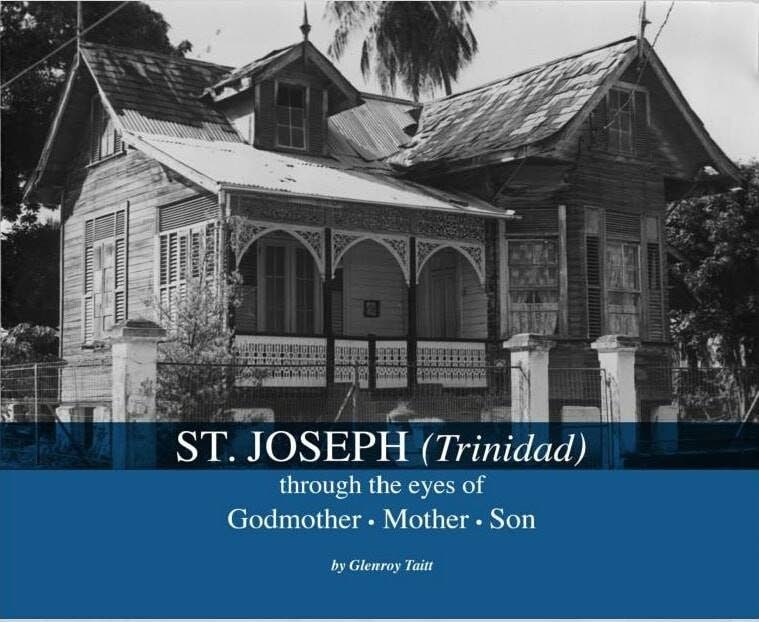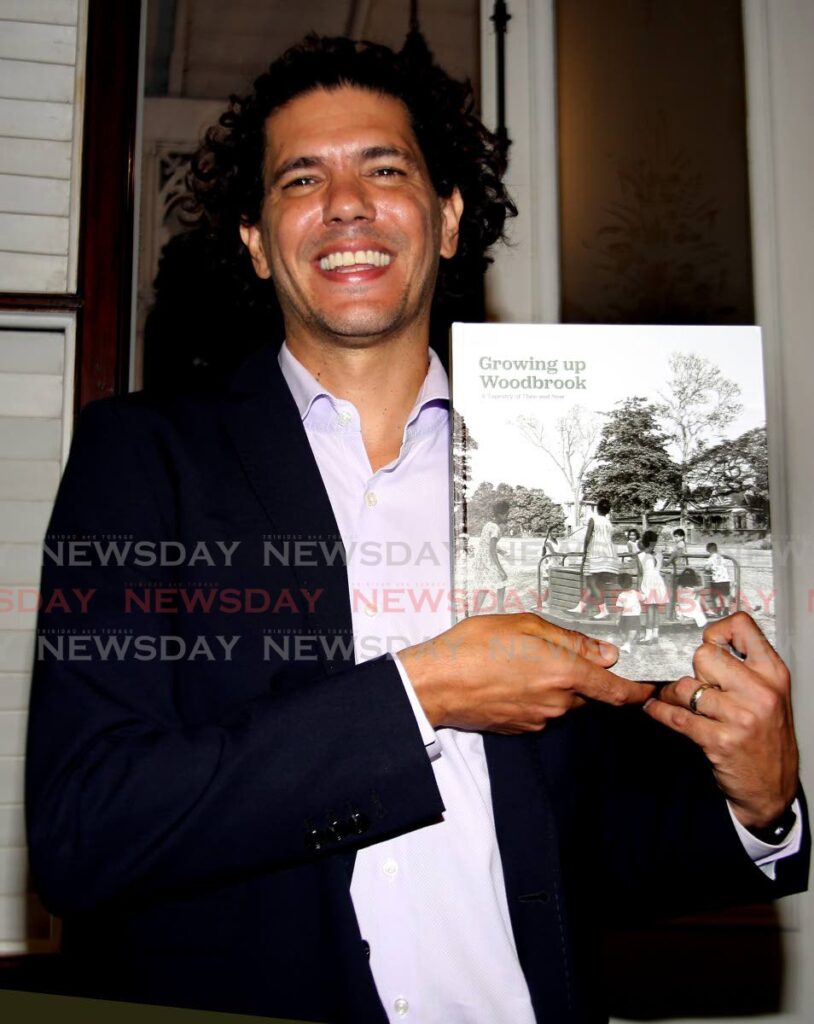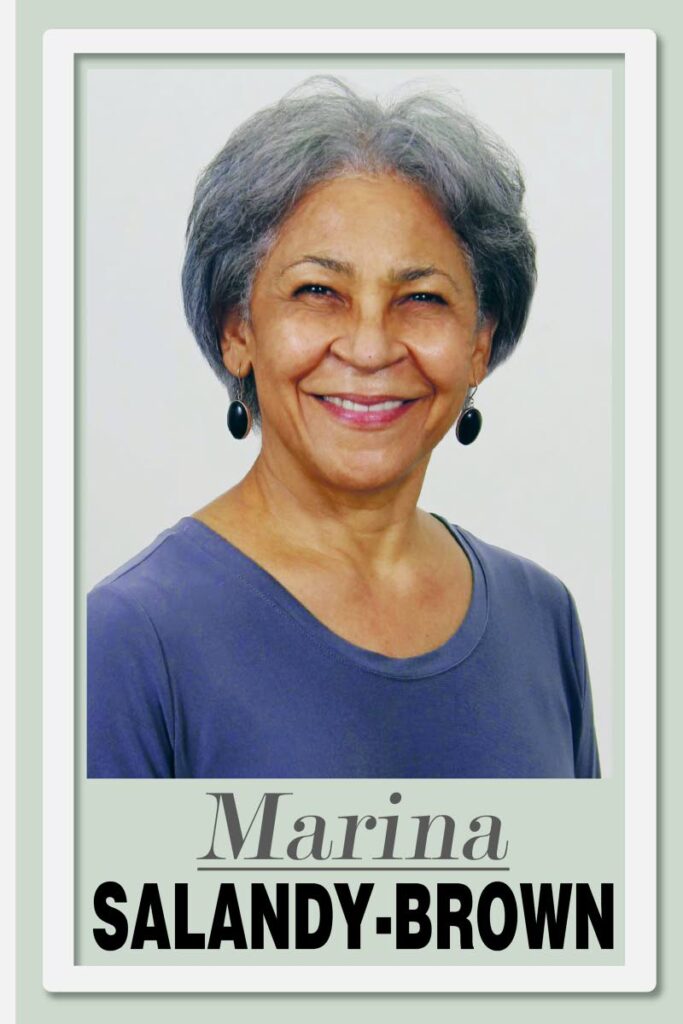Bringing Trinidad and Tobago past to life

A spate of imaginative books about TT’s social and cultural heritage have been published lately.
St Joseph: Through the Eyes of Godmother, Mother, Son, by Glenroy Taitt, and Growing Up Woodbrook: A Tapestry of Then and Now, by Dylan Kerrigan and jointly published by the National Trust, are just two that deserve our attention.
In the foreword to the former, historian Prof Emerita Bridget Brereton suggests that books like these are microhistory and take two forms: focusing on a definitive time span in the history of a nation; or on the past of a small community, defined by its size and location, known as local history. The author employs the latter in relating the fascinating 20th century cultural and social history of our first capital, San José de Oruña, founded in 1592 by the Spanish. The beautifully laid out coffee table book is presented in three parts, each using a different way of recording the past.

Taitt, a St Joseph native and head librarian at the Alma Jordan Library at the UWI, St Augustine, is also a photographer who since the 1980s has been capturing the slowly disintegrating, diverse architectural relics of St Joseph. Forty-six pages of stunning black and white photographs of some uniquely Trinidadian buildings appear in Part III. In Part I, his godmother, Beryl Marcellin-Welsh, has recorded her recollections of the old city, using the oral tradition, and the author has transcribed them for publication. In Part II, he got his mother to pen a most illuminating and engagingly detailed recollection of her early life in St Joseph and edited those for inclusion. The result is a superbly light and approachable book – only 32 pages of text – which tells the personal stories of the life of people living in an important place in our history.
St Joseph has special meaning for me too since I lived there, as a teenager, and my mother’s paternal grandmother belonged to the Giuseppi family who owned the large cocoa, then sugar growing, Valsayn estate in the St Joseph outskirts (1790-1890s). It turns out that the author’s mother is also a descendant of that mixed Corsican-Spanish-free coloured family. My older sister lived there and my nieces both attended the convent there in the 1970s, one of them getting married there in the 1980s in the same 1800s Roman Catholic church where I once attended Sunday mass. They became blood relatives of the well-known local Flores family, who produced lots of cherry brandy and generations of paranderos. They may be related, at least in a pumpkin-vine fashion, to the Marcellins who have produced legendary musicians of their own and are relatives of the book’s author. That is to say, St Joseph is an old and tightly-knit community with a long and unique cultural history.

Just a fortnight ago I drove through St Joseph, up past the old public cemetery that famously mounts the hillside on my way to Maracas St Joseph, where we lived when I was younger still. I was struck by the countless number of vehicles just managing to squeeze past one another up Abercromby Street, the steep main road built centuries ago and fit for a much smaller number of inhabitants and almost no vehicular traffic and so is short on pavements to protect the old buildings and people. Soon the authorities will have to do what became necessary in Woodbrook and introduce one-way systems to funnel the traffic making its way up the Maracas Valley which has been opened up to new arrivals, their homes and large real estate profits. I was unhappy that quiet, antiquated St Joseph has been catapulted into being another overcrowded place with an overdose of poisonous car emissions, which the local people will have to start agitating about to stop the rot.
They might soon have to follow the lead of the Woodbrook Residents’ Committee whose members have been fighting against the deterioration in the quality of their living as that famous one square mile has become very commercialised in the last 20 years. It has been mostly unregulated, the unique architecture is being bastardised and the landscape is changing for the worse. Residents have gathered powerful advocates and allies and taken the fight up at all levels. Their current weapon seems to be culture, the strategy being to fight culture with culture. Woodbrook, once a cocoa estate, then a suburb of Port of Spain and now an urban centre of its own, has attracted ample numbers of small business and entertainment entrepreneurs to its wide main street of Ariapita Avenue. There is more regular pan and ole mas there than anywhere else in the capital area, but they have brought with them noise and environmental pollution that affect the peace and health of this other long-time community.
Growing Up Woodbrook, the must-have publication – detailing Woodbrook’s great contribution to the full range of Trinidad’s culture and including resident’s personal contributions – is accompanied by a series of 10-minute podcasts tracing the history that dates back to native Iere people with settlements in Mucurapo.
Both books are available at Paper Based bookshop at Hotel Normandie in St Ann’s.

Comments
"Bringing Trinidad and Tobago past to life"